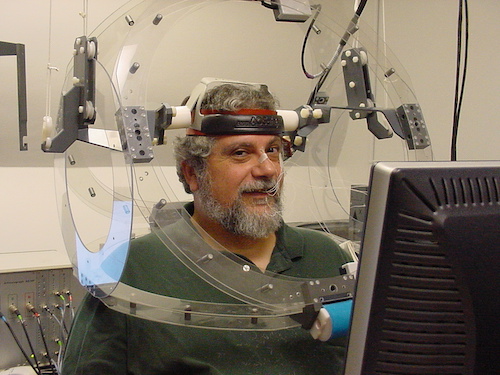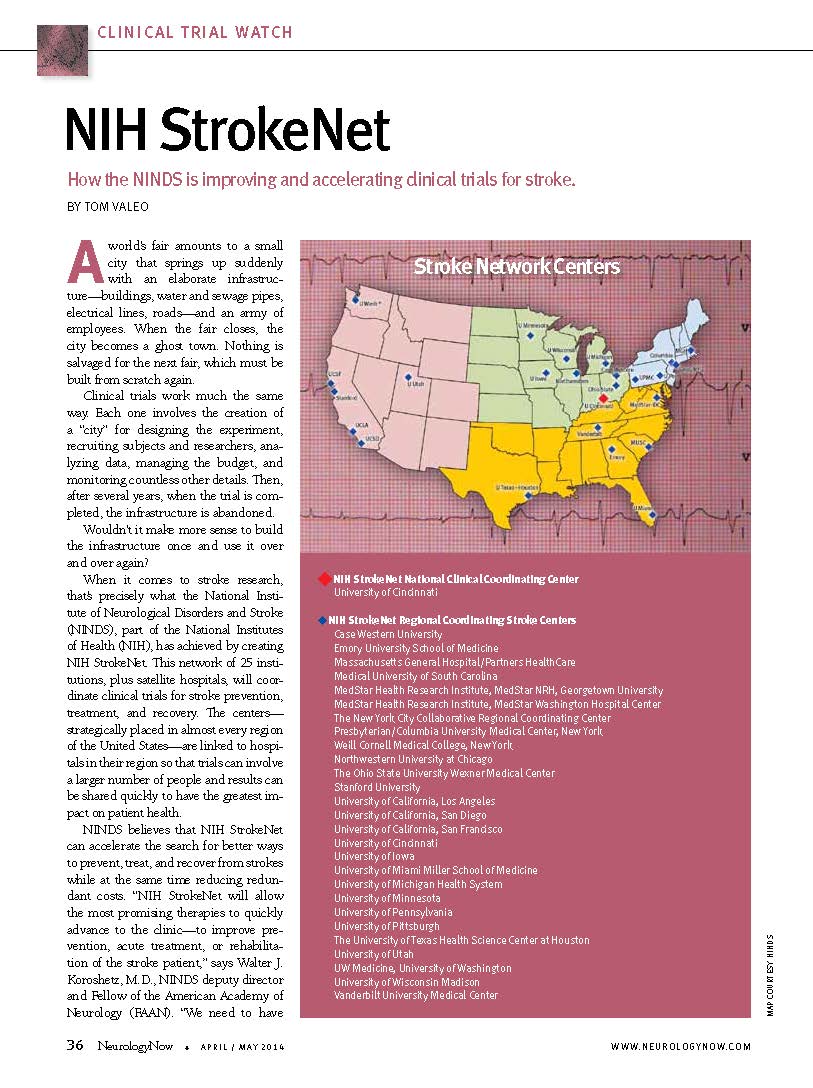
2D EMA 1990-2012
Over a 12 year period, we conducted experiments examining the effects of visual feedback for healthy individuals and people with speech motor impairments (apraxia of speech and buccofacial apraxia). This work used a “first generation” of magnetometers, 2D EMA (or EMMA), electromagnetic midsagittal articulography. These 2D EMA systems permitted real-time tracking of the midline movement of tongue, lips, and jaw. Here, a healthy subject is seated in a 64 cm helmet (Carstens AG100) producing speech for a study of articulation and voice quality.
We developed a method to track tongue movement during speech using EMA feedback, This allows apraxic/aphasic subjects to visualize their own tongue movements on a computer screen during speech. The subjects use this feedback during treatment to position the tongue for selected speech targets. This approach offers potentially new techniques to treat speech after stroke.
This research was sponsored by the U.S. Department of Veteran Affairs (VA) and was a collaboration with UT Dallas, the University of Pittsburgh, and the Dallas and Pittsburgh VA hospitals.



